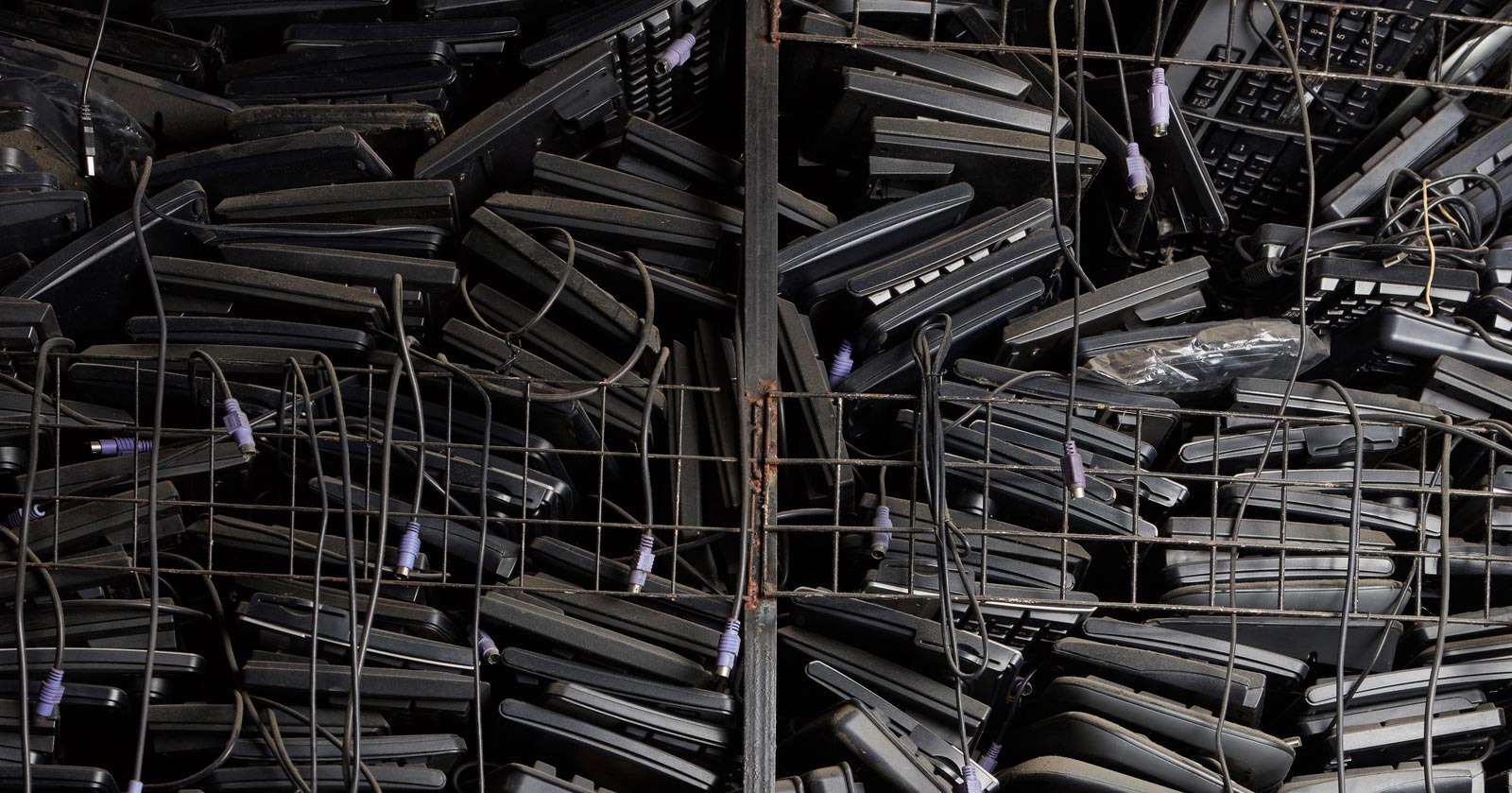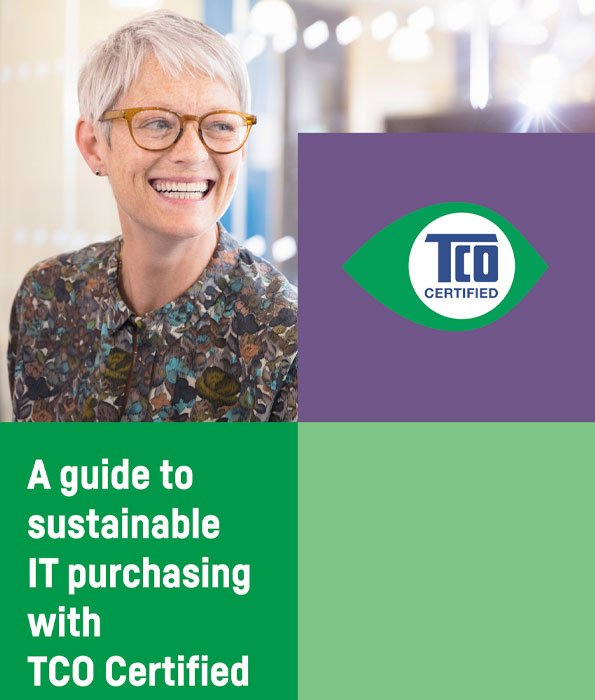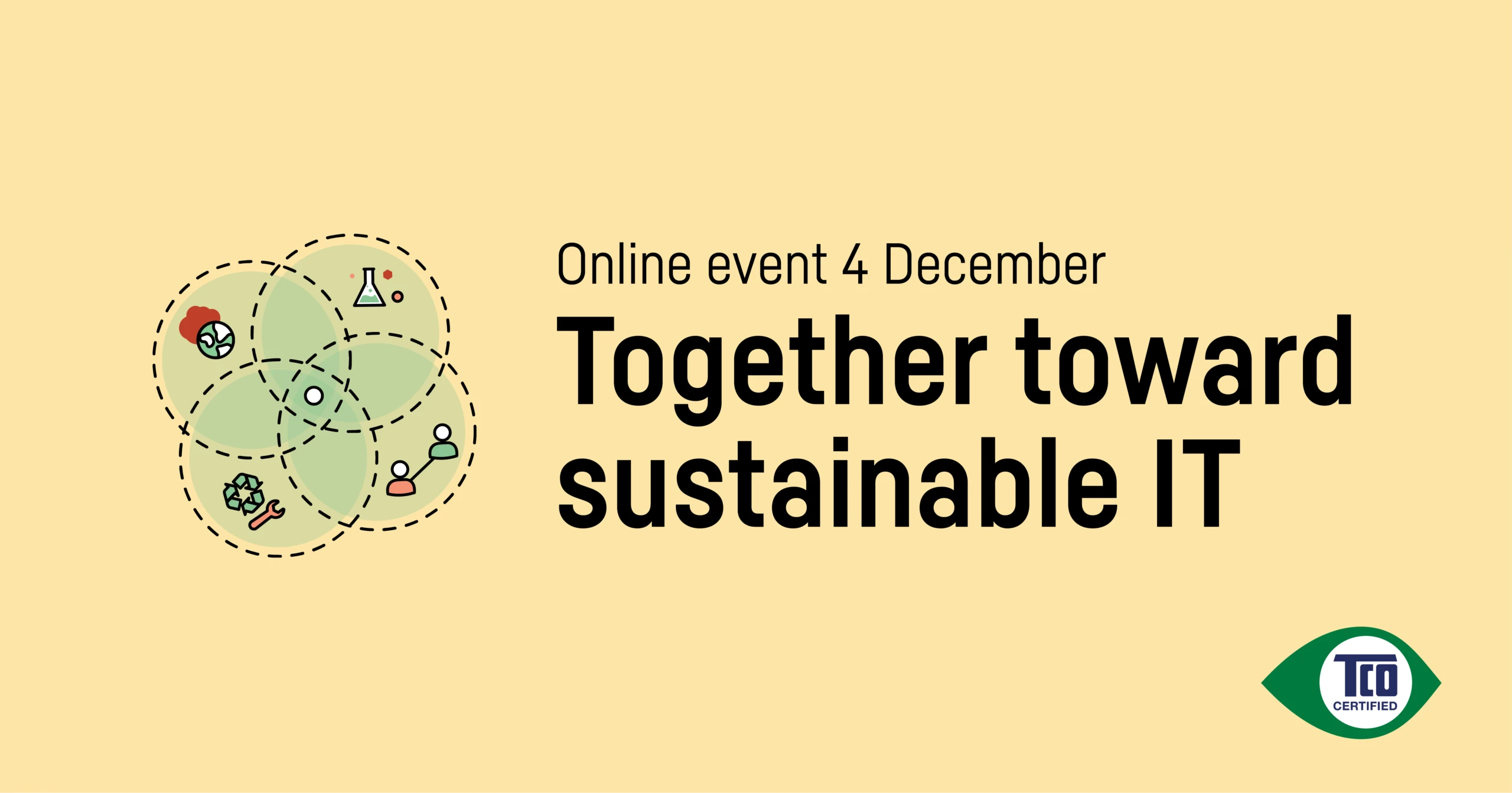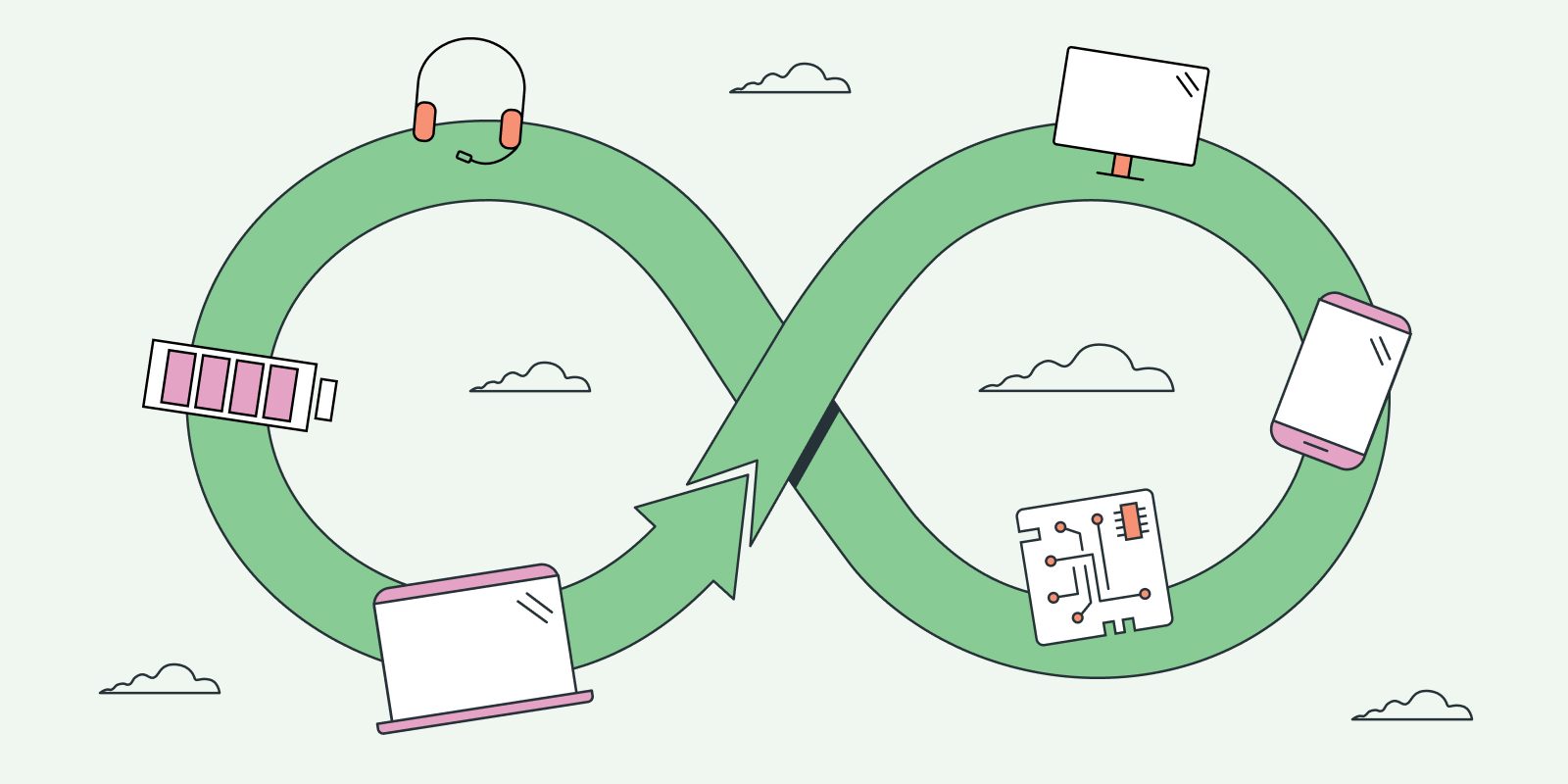E-waste is a toxic waste stream where valuable finite resources are lost. Over fifty million metric tonnes of e-waste is generated every year. Much of it is incinerated or placed in landfills, causing pollution, human health hazards and the loss of valuable finite resources. Asia’s IT buyers play a key role in reversing the growing negative trend of e-waste.
E-waste is the world’s fastest-growing waste stream. There are several reasons for the increase. The world’s population is growing and economic prosperity reaches more people. Technological development is fast-paced and the price of IT products is dropping, leading to shorter product lifespans. A United Nations University study shows that Asia generated 24.9 Mt of e-waste in 2019, or 5.6 kg per capita, of which only 11.7% (2.9 Mt) was documented to be collected and properly recycled. In Europe, the total amount was 12.0 Mt of e-waste produced in 2019, or 16.2 kg of e-waste per capita. This leaves Asia as the largest producer of e-waste in the world. Not only does Asia have to combat the e-waste that is produced locally, Asia is also one of the larger dumping sites for e-waste from other countries.
It is a waste of valuable resources. Apart from being a risk to human health and the environment, the current way of handling e-waste has a negative economic impact. Electronic products contain a number of scarce, valuable resources, that are also essential for meeting our future product needs. In the same report, it was estimated that the value of raw materials in the global e-waste generated in 2019 is equal to approximately $57 billion USD. The organization Closing the Loop, working with offsetting mobile phones, estimates that at least 95% of the gold, silver, copper, palladium and platinum included in IT products can be extracted during the recycling process, and potentially reused in new products. If products are simply placed in landfills or burned through combustion or incineration, these valuable resources are wasted and the hazardous substances may be released into the environment and potentially end up in the food we eat and the water we drink.
The current linear system is fragile. Our current, linear way of producing and consuming products is ruining fragile ecosystems, causing the loss of valuable natural resources and resulting in unsustainable amounts of e-waste.
Part of the solution is political steering. Many Asian countries need to develop systems for responsible handling of e-waste, as well as official policies and political decisions. Whilst this development can take time, purchasers can act now.
Combating the negative trend of e-waste with the circular economy
Resources are re-used in the circular economy preventing e-waste and keeping materials in use. In a circular economy, resources are handled in a more responsible way. The goal is to extend the product lifetime and recirculate all materials without producing any waste. When a product has reached the end of its usable life, materials turned into valuable resources, used to manufacture new products. The goal is that no waste is produced. Instead, materials are kept in use and are reshaped over time.
The purchasing power in Asia is huge. Purchasers hold the key to drive the industry in a more sustainable direction. We have seen that the industry takes action when purchasers set the right criteria. Purchasing decisions, whether you are a school, a ministry, a bank or any other organization using IT products, as a purchasing organization you can be part of the solution.
The best way to combat e-waste is to keep existing products in the system for as long as possible, so before buying a new product, consider if you really need them at all. If you do, can you buy them second-hand or is it possible to rent the products? Can you repair or refurbish old products and use them instead?
If this is not an option and you have decided to purchase new IT products, ask for criteria that enable a more circular approach. This includes:
- Products with high performance, that can be used for a longer time in your organization or by second-hand owners.
- Durable and robust products that can withstand wear and tear and last for longer.
- Products designed for repairs and upgrades, with easily available service manuals and spare parts, and that the batteries are replaceable.
- Offset the e-waste footprint by compensating the negative impact of the new products either by recycling products with a similar footprint or by purchasing the offsetting as a service.
Also, make sure to sell old products, or hand them to a refurbishing or recycling facility, or another collection point where the materials are taken care of.
To make your purchasing decision easier, look for a sustainability certification that includes circular criteria. Select a certification compliant with ISO 14024. Criteria must then be comprehensive, relevant and cover the product’s full life cycle. Compliance with the criteria must be verified by an independent part.

Nick Liu leads our support to purchasers for the Asia Region from our offices in Taipei, Taiwan. Nick occasionally writes for the TCO Certified Blog. He likes spending time with his family, training and hiking.






